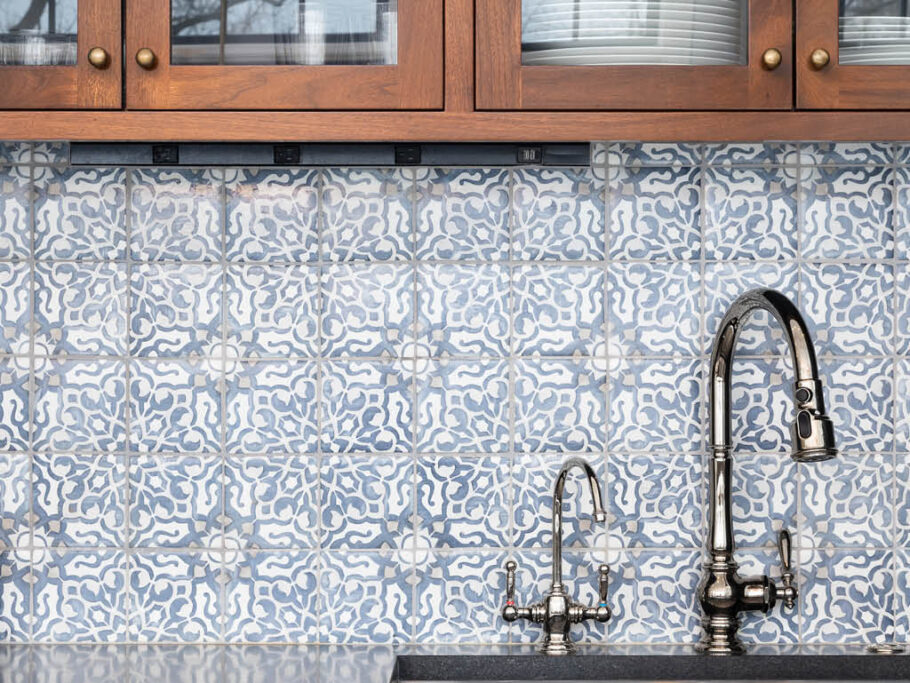The 411 on the Rent-to-Own Process
There are a lot of factors that may prevent someone from making the decision to buy a home. But, one of the most common is a lack of finances. There are more people renting today than any other time since 1965.
While homeownership may feel like a far-off dream for some, there are options in between renting and purchasing a home that might be more appealing than pouring money into rent each month with no return, or using all your savings for a mortgage.

What is rent to own?
Similar (though not exactly the same) as leasing a car, the rent to own process of homeownership allows renters to enter a contract with a current homeowner, in which they have the option to eventually purchase the home years down the line. Typically, an agreement outlines a down payment to be made—called the option fee—followed by a portion of each month’s rent going toward the eventual purchase price.

The contract
Real estate contracts can be complicated, no matter the avenue you’ve chosen. Rent to own contracts are no exception, so it’s important to understand what you’re jumping into. There are typically two different types of rent to own agreements, a lease option and a lease purchase. Lease options are more flexible, and do not require renters to eventually purchase the property if they decide not to. However, lease purchase agreements make renters legally bound to buy.
All contracts should clearly outline what the eventual purchase price will be, the percentage of monthly rent payments that will go toward that purchase price, and whether or not the renter or current homeowner will be responsible for basic maintenance, the mortgage payment, etc.

The benefits
Rent to own can be a great option for people who are seriously interested in owning their own home but might not have the finances secured just yet. For some, homeownership may feel so close yet so far, and rent to own can give the option to work your way toward homeownership on terms that feel comfortable and realistic.
They can also benefit those living in areas with high mortgages who may otherwise be financially ready. Urban areas are traditionally tricky for people looking for a mortgage loan at a fair cost, and renting to own can alleviate some of the burden of a mortgage while allowing renters to work toward their goal of ownership.

The negatives
The downside to a rent to own property is that if you have been putting in monthly payments toward the purchase price and eventually decide not to buy, you will likely lose that money, as well as any down payment. If the contract outlines that none of your rent payment goes toward the purchase price, this also might make it more difficult to secure a mortgage when it comes time to buy because you may still not have a significant down payment saved.
It’s also imperative to have a full understanding of your contract. Some rent to own agreements may outline that you are required to pay for other basic expenses like house repairs, insurance, HOA fees, etc. If this is the case, you’ll be paying those for a home that you don’t technically own, which is off-putting for some.
Whether you decide to get into a rent-to-own agreement or not, it’s a good idea to understand how they work and how one may benefit you if you’re in the market for a home, but maybe aren’t quite ready for a mortgage.































